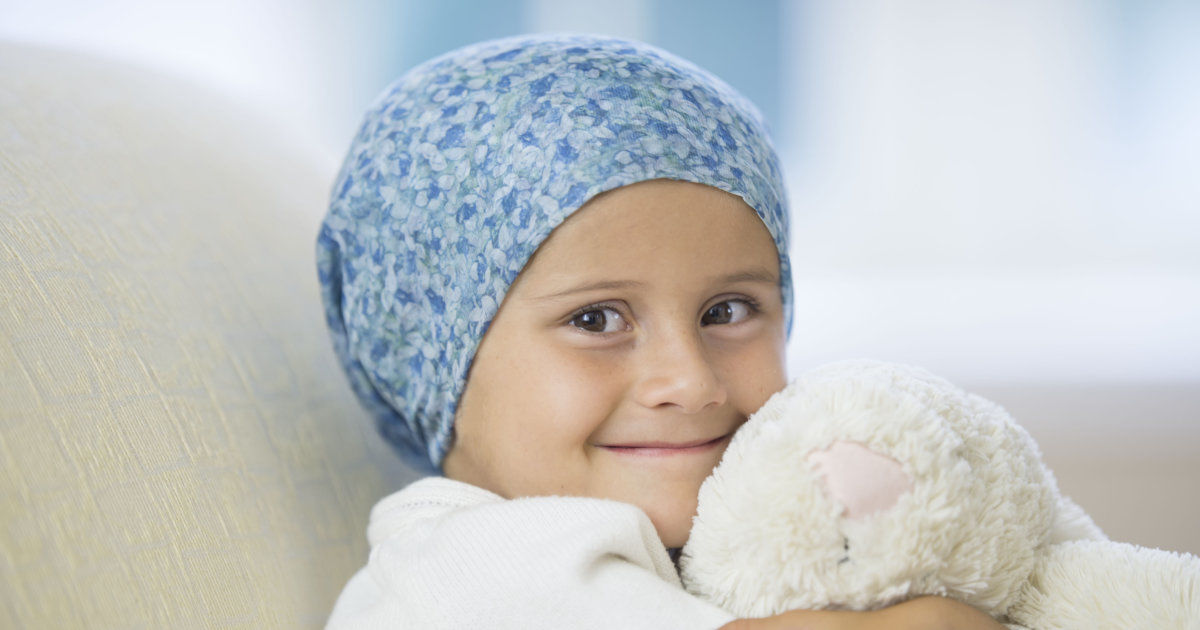A Guide To Common Childhood Cancers
The majority of cancers happen in older individuals because cells tend to get damaged and mutate with age. However, there are a few types of cancers that occur far more often in children. Having a child with cancer is never easy, but being able to understand cancer signs and treatments can help the whole family. This quick guide informs about these common childhood cancers. You can learn about early warning signs to keep an eye out for and see what treatment options are available for different types. Keep reading to learn more about the types of cancer that affect kids.
Leukemia

This type of cancer originates in bone marrow. The bone marrow produces leukocytes, a type of white blood cell supposed to fight off infection. When a child has this type of cancer, their body produces too many immature leukocytes, making it difficult for their body to create mature white blood cells and red blood cells. It is one of the most common types of cancer, and one out of three childhood cancers are a form of leukemia. Due to the lack of red blood cells, children with this type of cancer often feel tired, cold, and dizzy. They also often get infections and experience easy bruising and frequent nosebleeds. Treatment for this childhood cancer is very intensive. Since the cancer is in the entire bloodstream, the main method is using chemotherapy to kill cancerous cells, though children may also need stem cell transplants to help their body produce healthy blood cells again. As long as leukemia is diagnosed early, the outlook is quite favorable.
Continue reading to learn about a type of cancer affecting nerve cells in quite young children.
Neuroblastoma

These cancers form from any immature nerve cell, so they can be present right after birth. Most children with neuroblastoma are under the age of five. Neuroblastoma typically originates in the adrenal glands, but it can develop in other areas with nerve cell clusters. Children with this type of cancer may suffer from abdominal, chest, or back pain. They often lose weight without any apparent reason, and many have drooping eyelids with an uneven pupil size. Unlike most other cancers, neuroblastomas can sometimes go away on their own. In cases where the cancer cells have not spread beyond their point of origin, they can easily be removed with surgery. Chemotherapy and radiation therapy may be used to kill off any cancerous cells outside the primary tumor.
Continue reading to discover information about a type of cancer originating in the lymph nodes.
Lymphoma

These types of cancers are cancerous growths in the lymph nodes. The earliest sign of this condition is often swollen lumps at the neck, armpit, groin, or other lymph node sites. Many children have night sweats, fatigue, and itching. Other warning signs may include a cough, fever, or weight loss. Hodgkin lymphomas are the most common type to develop in children, and fortunately, these are very treatable, and roughly ninety percent of all patients with Hodgkin disease survive. There are new methods of treatment that are proving quite effective for these types of cancer. Many patients respond well to immunotherapy, a type of treatment that encourages the body's immune system to fight off cancer. Traditional treatments like chemotherapy and radiation are also effective. Children who get a very high dose of chemotherapy might require a stem cell transplant to replenish stem cells killed by the chemotherapy.
Continue reading to learn about a type of cancer affecting the bones.
Osteosarcoma

This is a type of cancer that starts growing from the bones, and often originates during puberty when a child is having a growth spurt. This type of cancer often has few symptoms, so children may feel and look perfectly healthy. The only potential sign is swelling near a bone, pain in a bone or joint, or a bone breaking far too easily. Osteosarcoma frequently happens in the limbs, and for a long time, the recommended treatment was amputation. However, recent advancements have resulted in surgeries that remove the cancerous portion of the bone without having to remove the entire arm or leg. Chemotherapy may be necessary both before and after surgery. Before surgery, it assists in shrinking the tumor to a more manageable size, and afterward, it kills any lingering cancerous cells.
Continue reading to learn about the childhood cancers affecting the brain and spine.
Brain And Spinal Cord Tumors

A common type of cancer in young children are cancers that develop along the nerves of the brain and spinal cord. Symptoms greatly vary depending on the location of the brain and spinal cord tumors. A child with a tumor in the brain may experience headaches, nausea, vision, hearing, speech problems, seizures, loss of balance, and personality changes. If the tumor is located farther along the spinal cord, the child may have difficulty walking, back pain, or changes in bowel movements. Children who develop a tumor while they are still an infant may not reach normal developmental milestones on time. Most of these tumors are treated and diagnosed with surgery. The doctor will start a surgery to biopsy the tumor, and if it proves to be cancerous, they will go ahead and remove the tumor during the same surgery. Afterward, chemotherapy may be needed to remove any other spots of cancer.
